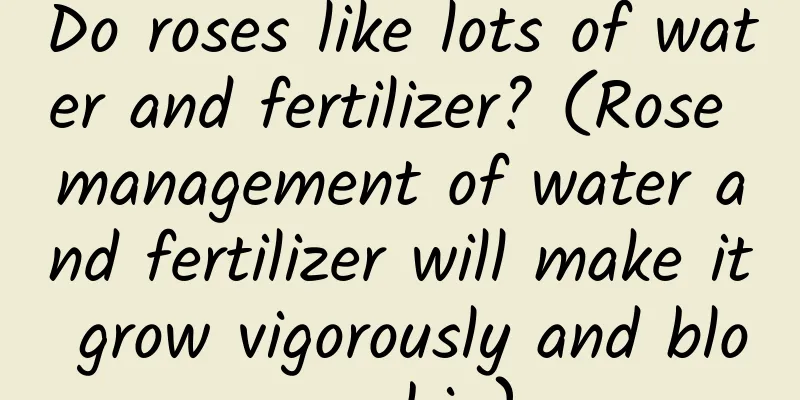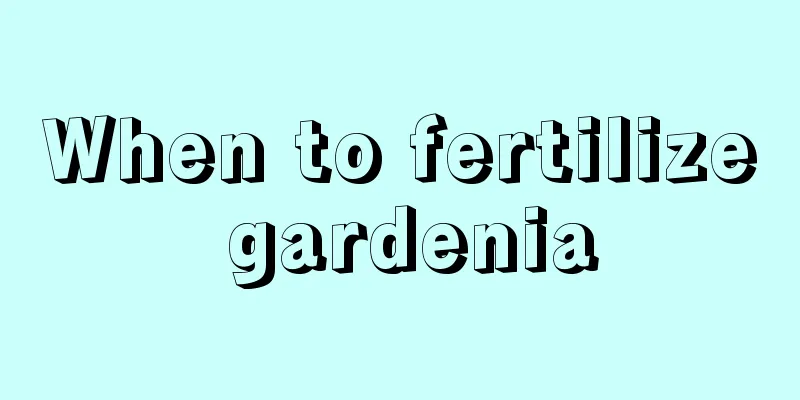What is the difference between yam and yam? Which one is better?

1. Differences between the twoHuaishan is the finished product name of yam. The scientific name of this plant is Dioscorea, a perennial vine of the Dioscorea genus of the Dioscorea family. Its rhizomes can be used as food. It is mainly distributed in the southern region of my country, growing on hillsides, valleys and other places at an altitude of 150-1500 meters. As a short-day plant, controlling the light exposure time helps flower bud differentiation, while also helping tuber development and nutrient accumulation. 2. Plant Introduction1. Morphological characteristics: The tuber of yam is cylindrical, up to 1 meter in length, and its cross-section is white when dry. Its stems are mostly purple-red, usually grow in a right-handed direction, and have no hair on the surface. Some of its leaves are alternate, some are opposite, and a few are arranged in whorls of three. The shape of the leaves varies. They are mostly broad oval in the seedling stage, and become triangular or halberd-shaped when they grow up. Its flowers are spike-shaped inflorescences, with 2-8 male inflorescences and 1-3 female inflorescences. There are purple-brown spots on the petals and they usually bloom from June to September. 2. Growth habits: Yam is suitable for growing on hillsides and valleys between 150-1500 meters above sea level, and can be found in bushes beside streams and roadsides. It is a short-day crop, requiring a temperature of 15-20℃ during the seedling stage and 25-28℃ during the peak growing season. If the soil is loose and fertile, the plant will grow quickly. It has a certain degree of drought resistance, but is not waterlogged, so it cannot be planted in low-lying areas to prevent water from submerging the roots and affecting its growth. 3. How to maintain: Yam likes light. Long-term exposure to light can make its branches and leaves more luxuriant, but it will affect the development of the rhizomes and is not conducive to increasing yields. Therefore, you must control the light exposure time. It does not require much water. If it is potted, it is generally watered thoroughly when the soil is dry. If it is planted in the ground, it is suitable for shallow watering and do not flood it. In addition, if sufficient base fertilizer is applied during planting, there will be no need for top dressing during the growing period. |
<<: How many kinds of yam are there? Which kind of yam is good?
>>: Can yam be eaten after it sprouts? How to plant yam after it sprouts?
Recommend
The hydroponic plants at home always have "root rot", don't know the reason? Actually, it’s the “nutrient solution” that’s to blame
To be honest, Huahua believes that growing hydrop...
When and how to plant broccoli outdoors?
Open-air broccoli planting time Open-air broccoli...
How to plant red spider lily and when to plant red spider lily
1. Planting method 1. Prepare bulbs: When plantin...
Precautions for repotting Daphne koreana
Precautions for repotting Daphne koreana Daphne k...
Breeding methods and precautions of Guangdong Evergreen
Use soil Guangdong evergreen likes loose, fertile...
The difference between Datura and Okra
The difference between Datura and Okra ~ Leaves D...
Can pregnant women keep geckos?
Can pregnant women keep geckos? Pregnant women ca...
What is the difference between nine-headed grass and nine-headed lion grass
1. Leaf Difference The leaves of Hyacinthus annuu...
Why doesn't Clivia like to grow
1. No repotting If the Clivia does not grow well ...
What are the cultivation methods and precautions for potted osmanthus
Introduction to potted osmanthus Potted osmanthus...
How to plant crabapples? Can they be grown outdoors in winter?
1. Planting method 1. Time: The time for planting...
Milan flower cutting method and precautions Milan flower cutting propagation month
Milan cuttings cannot be done in very cold winter...
How to water cedar in winter
Watering cedar in winter Cedar needs watering in ...
What fertilizer is good for tiger skin orchid
Compound Fertilizer Generally speaking, we cannot...
What is the best month to plant grapes?
When to plant grapes The vine is usually planted ...









